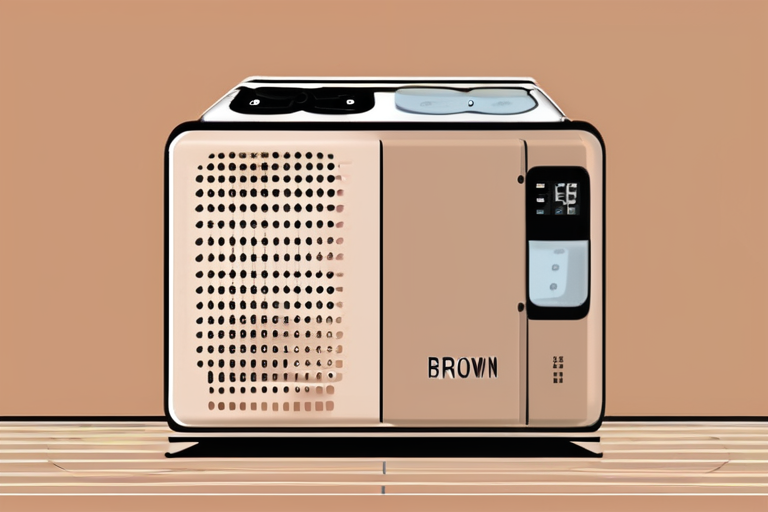Brown Fat's Secret "Backup Heater" Uncovered: Boosting Metabolism and Fat Loss


Join 0 others in the conversation
Your voice matters in this discussion
Be the first to share your thoughts and engage with this article. Your perspective matters!
Discover articles from our community

 Hoppi
Hoppi

 Hoppi
Hoppi

 Hoppi
Hoppi

 Hoppi
Hoppi

 Hoppi
Hoppi

 Hoppi
Hoppi

Laver Cup Providing Growing Business Opportunities In Tennis The Laver Cup, a premier tennis tournament founded by Roger Federer in …

Hoppi

Breaking News: Zelensky Warns Global Crisis Looming as Russia Prepares to Escalate Aggression Beyond Ukraine Ukraine's President Volodymyr Zelensky has …

Hoppi

SpaceX's Lunar Lander Delayed: 2027 Mission to Moon May Be Years Late A report by Space News has revealed that …

Hoppi

TechEx Europe 2025: AI Leaders Converge on Amsterdam for Breakthrough Strategies The RAI in Amsterdam will host TechEx Europe, an …

Hoppi

Breaking News: Immigration Agents Arrest Firefighters Combatting Bear Gulch Wildfire In a shocking turn of events, two firefighters were arrested …

Hoppi

Best Early Amazon Prime Day Kindle Deals 2025: ZDNET's Top Picks In the lead-up to this year's Amazon Prime Day, …

Hoppi